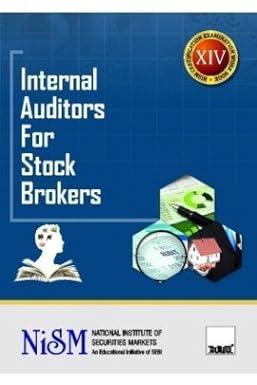Answered step by step
Verified Expert Solution
Question
1 Approved Answer
William R. Pasewark and Mark E. Riley (Journal of Accountancy, September 2009, pages 40-44) discuss three techniques for analyzing estimates of uncollectible receivables. Pasewark and
William R. Pasewark and Mark E. Riley (Journal of Accountancy, September 2009, pages 40-44) discuss three techniques for analyzing estimates of uncollectible receivables. Pasewark and Riley note that all of the benchmarks (referenced below) are based on their opinions and might differ based on specific circumstances. You will use these techniques to assess estimates made by Chevron, Cisco, Coca-Cola, Dow, Microsoft, and Verizon during the period 2016 to 2018.
- The first technique compares cumulative bad debt expense recorded over a multi-year period to write-offs over that same period. Pasewark and Riley state that 0 is a general benchmark for this ratio. Compute this ratio for the 2016-2018 period for each company. Plot the ratios using a histogram. Comment on any differences you note among the companies ratios and on what they might reflect about the companies estimation processes. Why might a company record negative bad debt expense (i.e. a credit to expense)?
- The second technique compares each years beginning allowance for doubtful accounts balance to write-offs for the same years. Pasewark and Riley note that a figure between 1.0 and 0 is a benchmark for a typical year. Compute this ratio for each company and year. In other words, you will compute three ratios for each company. Again, use a histogram to represent the data and comment on any differences you note among the companies ratios. Are there patterns emerging that are consistent between the two techniques employed thus far? What do the patterns indicate about the companies tendencies in estimating their allowances for doubtful accounts?
- The third technique employs the allowance exhaustion rate. Pasewark and Riley suggest a company should typically exhaust its beginning allowance within one to two years. You will slightly modify the method recommended by Pasewark and Riley. Using 2017 as year t, adopt the same method Pasewark and Riley recommend if the entire 2017 beginning allowance is used in the form of write-offs by the end of 2017 or 2018.
Step by Step Solution
There are 3 Steps involved in it
Step: 1

Get Instant Access to Expert-Tailored Solutions
See step-by-step solutions with expert insights and AI powered tools for academic success
Step: 2

Step: 3

Ace Your Homework with AI
Get the answers you need in no time with our AI-driven, step-by-step assistance
Get Started


